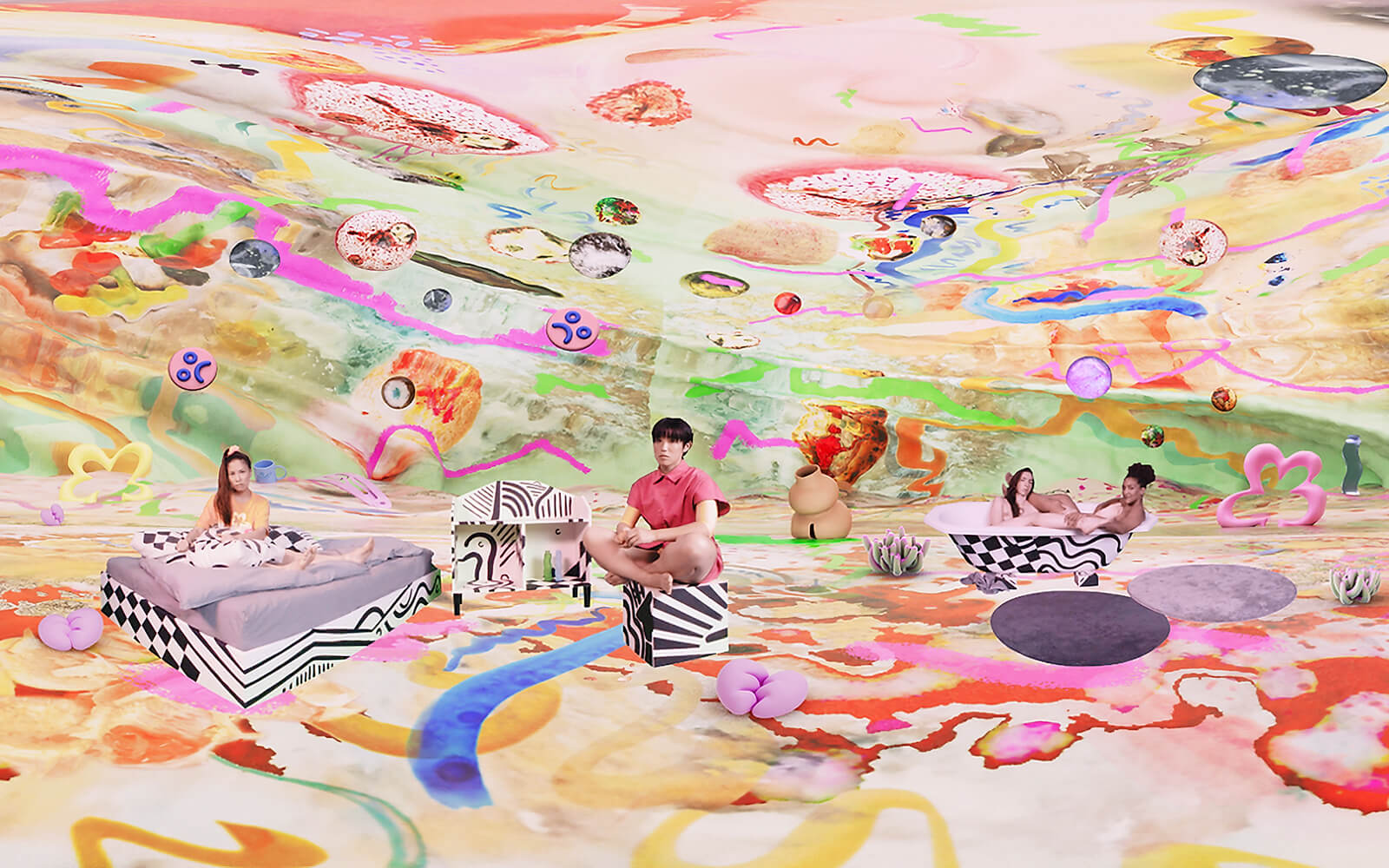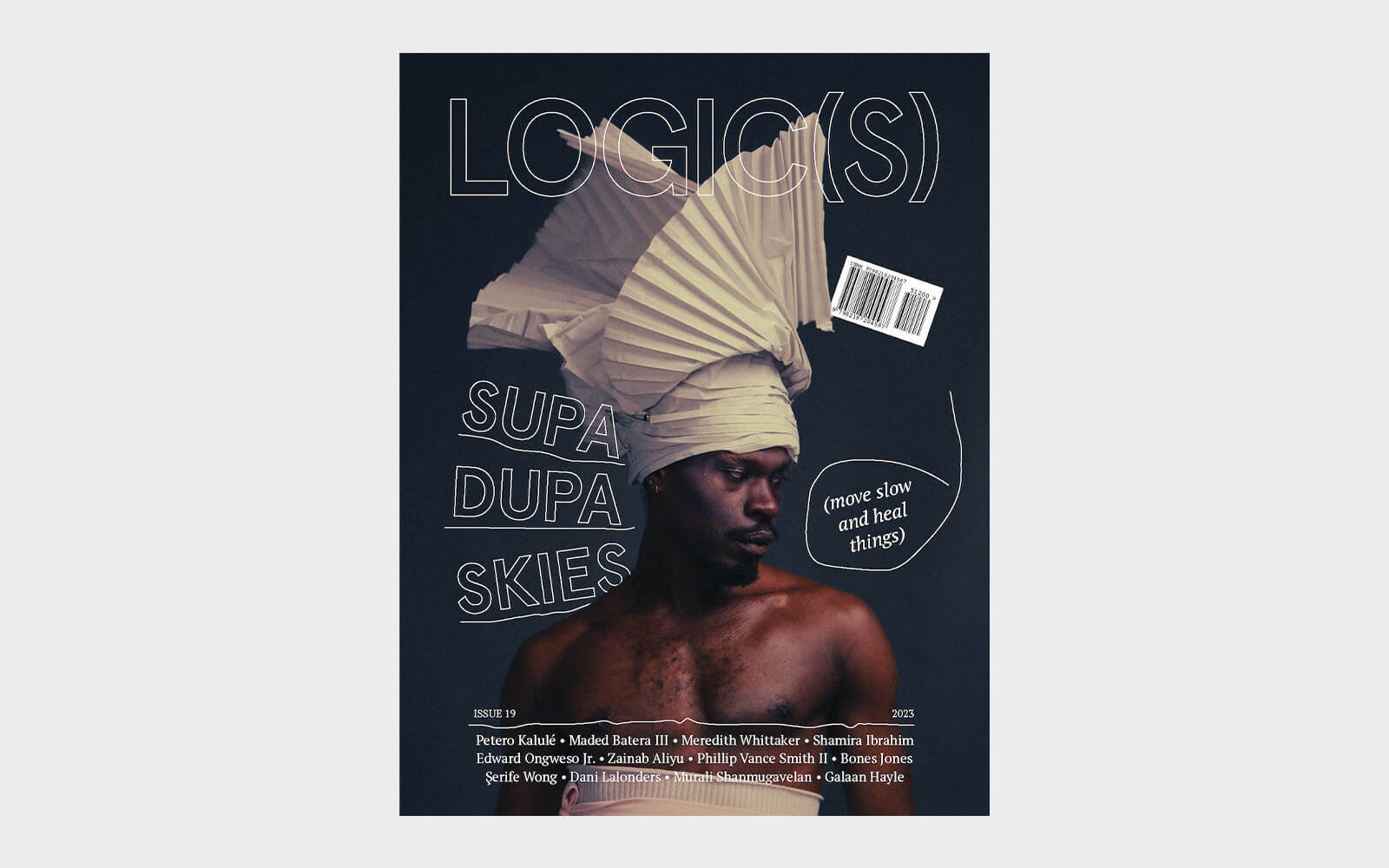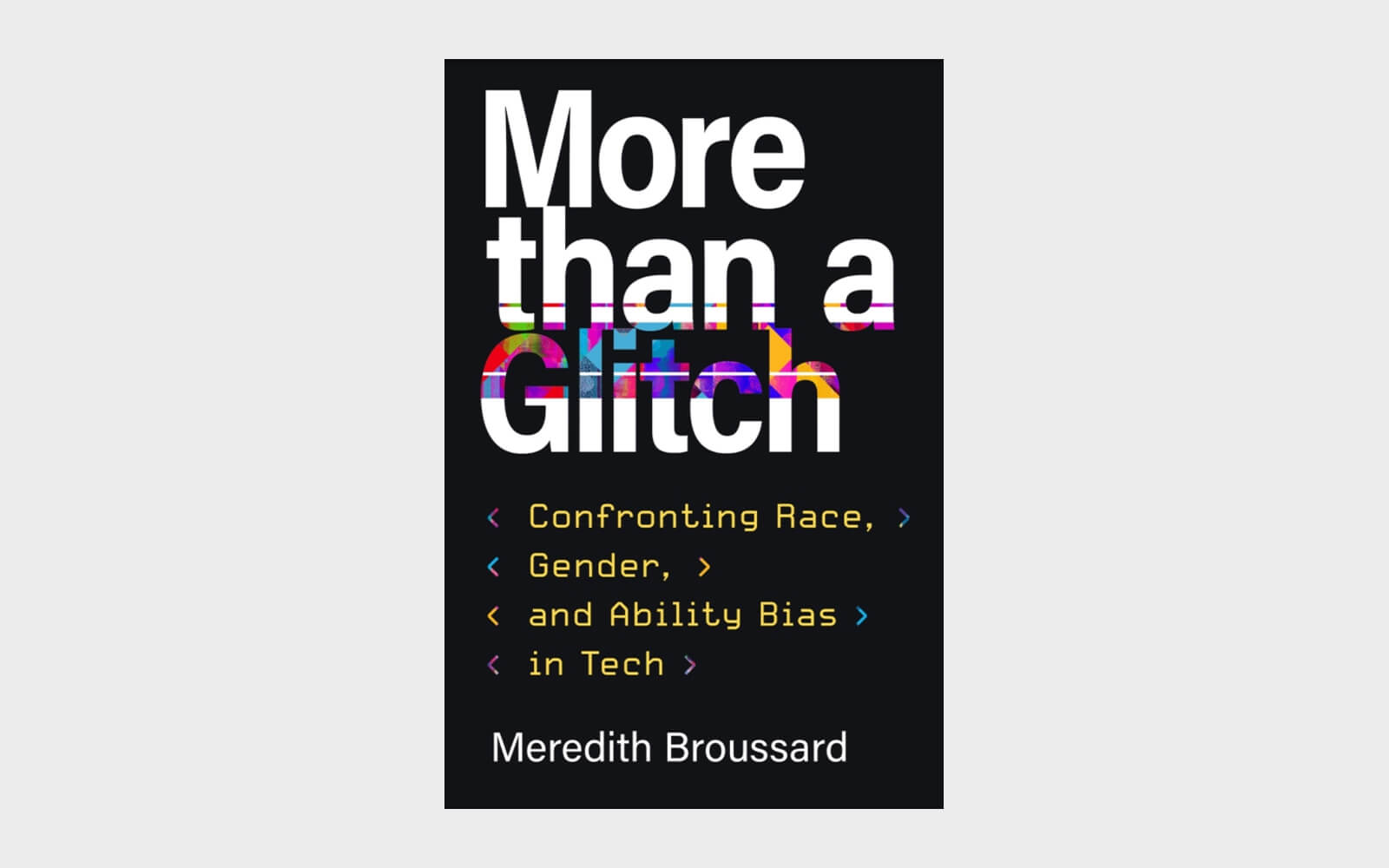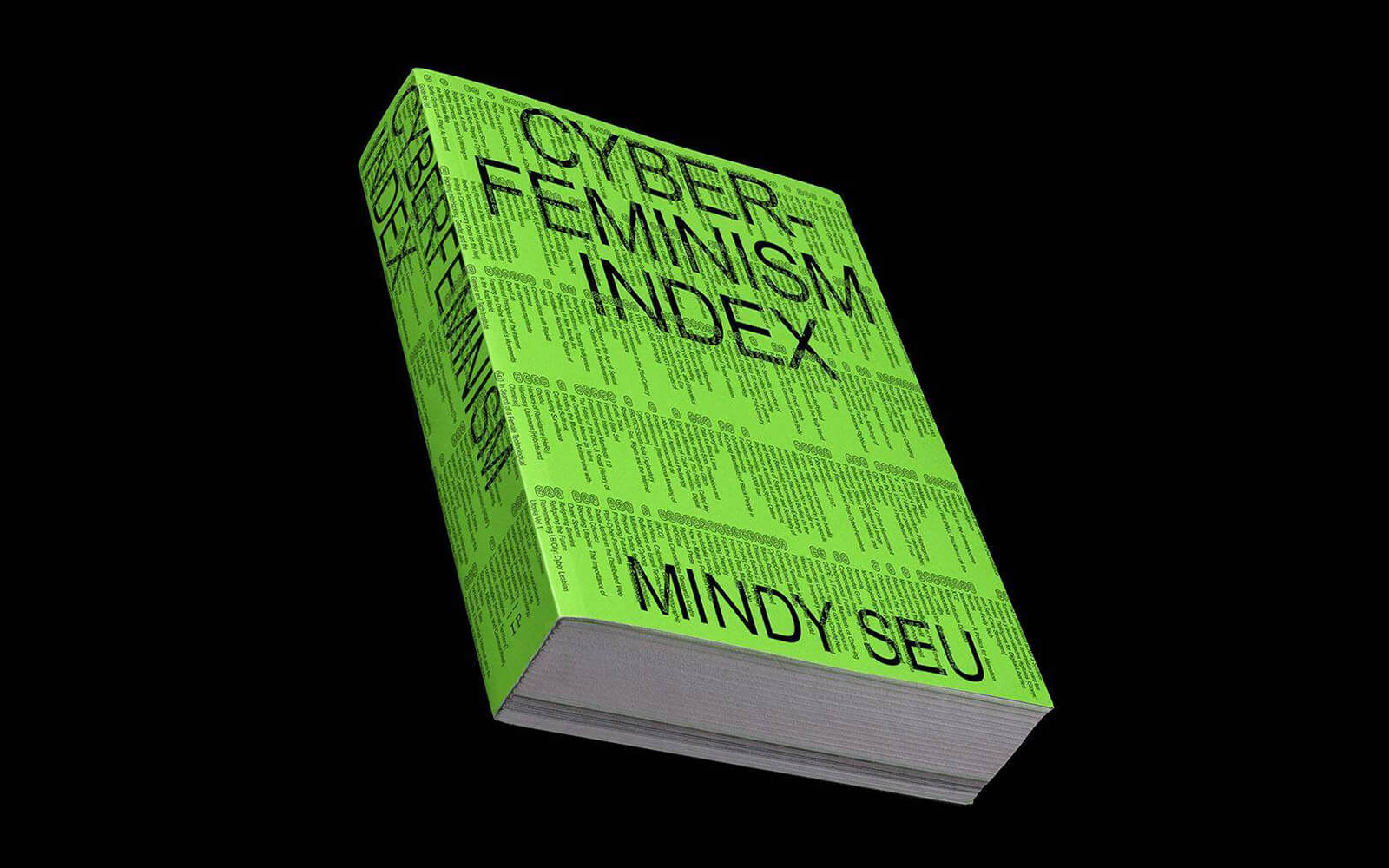1,574 days, 2,408 entries ...
Newsticker, link list, time machine: HOLO.mg/stream logs emerging trajectories in art, science, technology, and culture––every day
“I can’t help you with your film because people just want a gay film or lesbian film, and this mixture of sexuality in your film is just not going anywhere.”
“My version of feminist, queer, trans-affirmative politics is not about policing. I don’t think we should become the police. I’m afraid of the police.”
“Rather than a tool for dominance, akin to practices like data-driven racial profiling by law enforcement, it serves as a repository for quotations from diverse voices, generating a collective feminist intelligence rooted in diversity.”
“Perhaps the limits of our energy are not dismal markers of failure but important demarcations for where we want to focus, prioritize, and sustain our collective power.”
“The institution is drawn toward those who can leverage their racial identity into a curatorial practice, which the institution can then leverage (or co-opt) into its brand.”
American artist Aay Liparato‘s “Small Acts of Violence,” an exhibition surveying intimate partner violence (IPV) fallout in VR, opens at ARGOS Brussels. Co-producers C0N10UR and V2_ Lab for the Unstable Media join in presenting the immersive piece, which centres testimonials from women, nonbinary, and non-cis male IPV perpetrators from the UK and Belgium. Emotionally challenging, viewers must choose which situations to “gaze on or turn away from” and “assert their boundaries.”

a
OUT NOW:
Logic(s) 19
Supa Dupa Skies
Contributors including Meredith Whittaker, Şerife Wong, and Edward Ongweso Jr. relaunch Logic with a fresh mandate to transcend “the bleak uniformity of tech journalism” with Queer, Black, and Asian perspectives.

“The goals his work sets out to achieve assume profits for emerging capitalists are an unalloyed good, while anything that would interrupt these is an obstacle to be eliminated.”
OUT NOW:
Meredith Broussard
More than a Glitch
Interpreting glitches as a “signal that we need to redesign our systems,” data journalist Broussard highlights algorithmic biases against race, gender, and ability across the tech sector—and suggests a path forward to a more equitable future.

“Digitization reproduces and deepens existing social inequalities in regards to access to digital services, presence and visibility on platforms as well as discrimination through algorithmic decision making.”
“Institutions make these standard statements, but oftentimes they address Indigenous communities as if they are from the past—when they are still present here today.”
“The subdued blackness of the Apple II computer terminal—which has slowly given way to white-dominated monitors—is juxtaposed with the seeping, gooey asphalt, which seems to suggest that Blackness will not so easily be contained.”
OUT NOW:
Mindy Seu
Cyberfeminism Index
From the writings of Donna Haraway, to VNS Matrix’s games and poetry, to the biohacks of Mary Maggic—the 700 entry-strong hard copy of Seu’s eponymous online archive compiles an anti-canonical guide to cyberfeminism’s long-ignored origins and expansive legacy.

To dive deeper into Stream, please or become a .
Daily discoveries at the nexus of art, science, technology, and culture: Get full access by becoming a HOLO Reader!
- Perspective: research, long-form analysis, and critical commentary
- Encounters: in-depth artist profiles and studio visits of pioneers and key innovators
- Stream: a timeline and news archive with 1,200+ entries and counting
- Edition: HOLO’s annual collector’s edition that captures the calendar year in print
